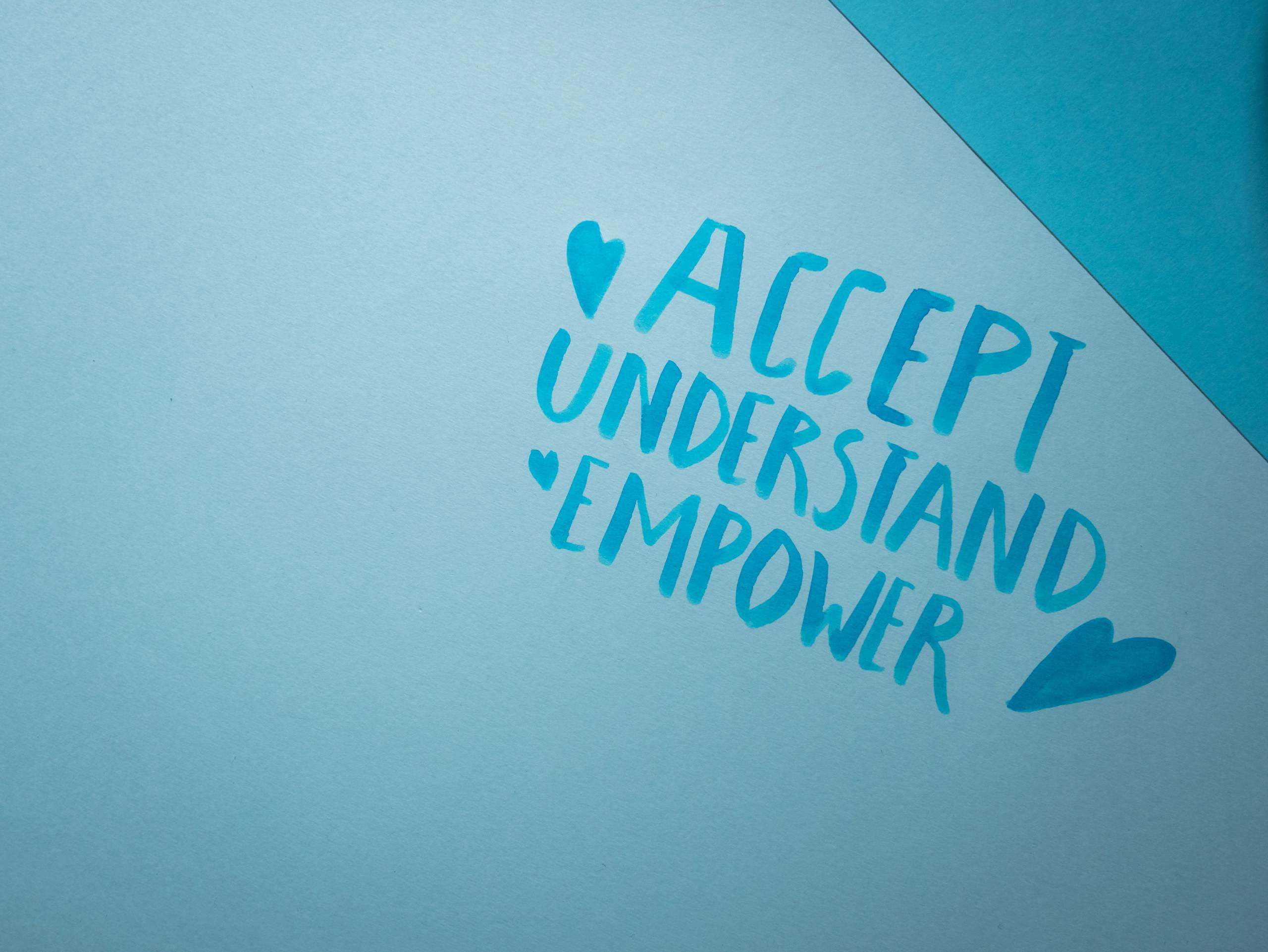7 Practical Steps to Deal with Daily Depression Episodes 💙
Depression isn’t always loud. Sometimes, it’s the quiet heaviness that follows you from morning till night. Daily depression episodes can feel like a never-ending cycle of exhaustion, sadness, and lack of motivation. But the good news is: you don’t have to stay stuck in this cycle. While therapy and medication play a crucial role, there are also practical, everyday strategies that can help you regain control. These steps won’t magically erase the darkness overnight, but they can give you back moments of peace and clarity—and sometimes, that’s more than enough to keep going.
In this blog post, we’ll walk through realistic, science-backed techniques that anyone can adopt to manage their daily low moods. Whether you’re a student struggling with burnout, a parent overwhelmed by daily stress, or simply someone navigating the emotional weight of modern life, this guide is for you. We’ll discuss routines, journaling habits, mindfulness techniques, exercise, nutrition, and even how to ask for help when things feel too heavy. Remember, healing is not linear—but with each small action, you’re already taking a step forward.
1. Start Your Day with Structure
When you’re feeling depressed, even getting out of bed can feel like a battle. One of the most powerful ways to combat this is by creating a simple, consistent morning routine. It doesn’t need to be complicated—just enough to create structure and momentum.
For example, you can start with something like this:
- Wake up at the same time every day
- Make your bed
- Drink a glass of water
- Stretch for 5 minutes
- Write one positive thought or affirmation
Consistency helps reset your circadian rhythm and gives your brain small wins first thing in the morning, which is key when motivation is low.
2. Use Journaling as a Daily Dump
Journaling is a safe, judgment-free space where you can express your raw emotions without fear. It’s a proven method for reducing anxiety and helping you understand your thought patterns. You can use simple prompts like:
- What am I feeling right now?
- What triggered my sadness today?
- What small thing made me feel a bit better?
Check out Healthline’s guide to journaling for depression for more detailed techniques.
3. Incorporate Mindfulness and Breathing Techniques
Mindfulness is a powerful tool for dealing with intrusive thoughts. When practiced daily, it helps anchor you in the present moment rather than spiraling into “what ifs.” Apps like Headspace and Insight Timer offer guided meditations tailored to depression and anxiety.
One quick technique you can use anytime is the 4-7-8 breathing method:
- Inhale through your nose for 4 seconds
- Hold your breath for 7 seconds
- Exhale slowly through your mouth for 8 seconds
Doing this for just 2-3 minutes can immediately reduce cortisol (your stress hormone) and calm racing thoughts.
4. Prioritize Movement (Even If It’s Just 5 Minutes)
Exercise releases endorphins, which naturally lift your mood. But when you’re struggling with depression, the idea of doing a full workout can feel impossible. Start with something small: a 5-minute walk, stretching in your room, or even dancing to one song in your kitchen.
Find a rhythm that fits your energy. You can try beginner routines like this 5-minute low-impact workout from YouTube. Movement, no matter how light, reminds your brain that your body is alive—and that’s a message it needs.
5. Nourish Your Body, Gently
Depression often kills appetite or encourages binge eating. Neither extreme supports your mental health. Instead, focus on gentle nutrition. Eat something small and nourishing, even if it’s just a banana, yogurt, or soup. Avoid high-sugar processed foods that can spike and crash your energy.
If planning meals is difficult, consider trying apps like Eat This Much that can generate simple meals based on your preferences. Hydration is also key—aim to drink 6-8 glasses of water daily.
6. Create a Support System
Isolation is depression’s best friend. It convinces you that no one cares or understands. But chances are, someone in your circle *does* care—they just don’t know what you’re going through. Reaching out doesn’t mean writing a long essay. A simple text like “Hey, I’m having a rough day. Can we talk?” is enough.
If your circle is small or unavailable, you can find support through communities.
Or follow daily support tips on our channel: WhatsApp channel.
7. Seek Professional Help (It’s Okay!)
There’s no shame in needing a therapist or counselor. In fact, it’s one of the most courageous decisions you can make. Depression is a medical condition—not a personal failure. Websites like BetterHelp or Talkspace offer online therapy if you can’t access one locally.
You can also contact local therapists through directories like Psychology Today. Therapy gives you personalized tools and safe spaces to process what you’re feeling.
Conclusion
Managing daily depression isn’t about being perfect—it’s about choosing tiny actions every day that support your mental health. Whether it’s journaling your thoughts, texting a friend, or simply stepping outside for 3 minutes, every effort matters. You are not alone, and you don’t have to fight in silence. With time, patience, and the right tools, better days will come.
Want more tips and motivation? Join our WhatsApp community here to connect with others on the same path.


